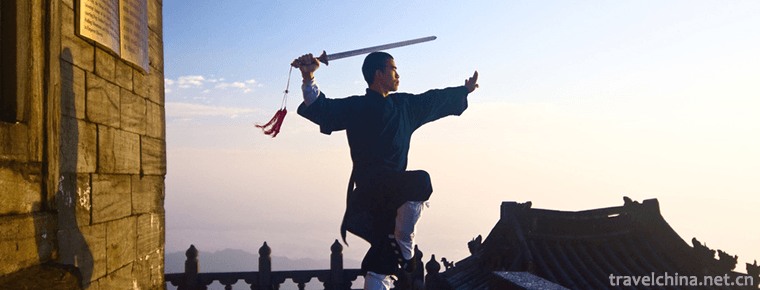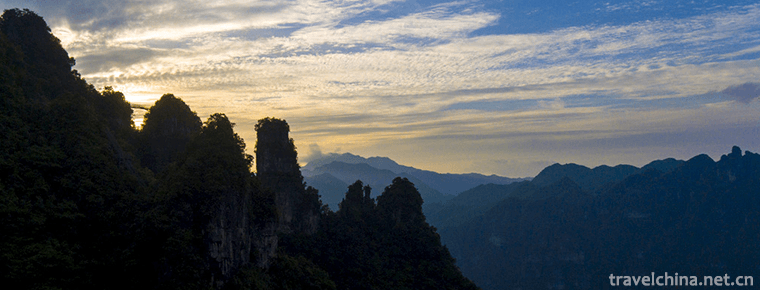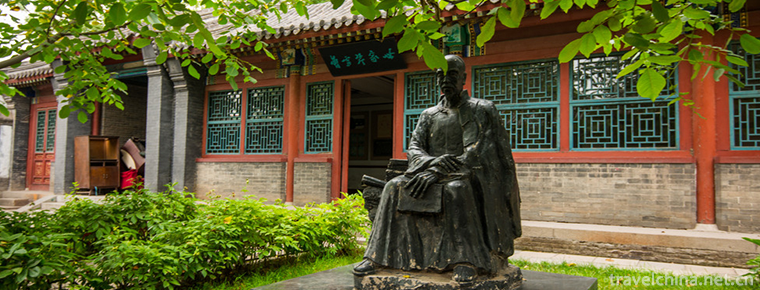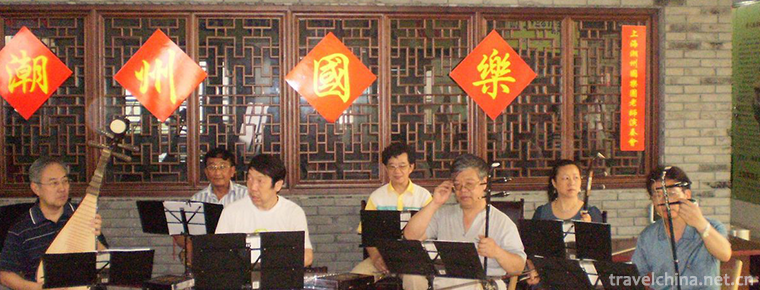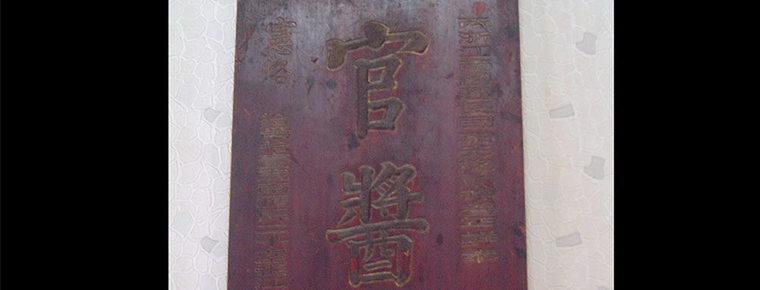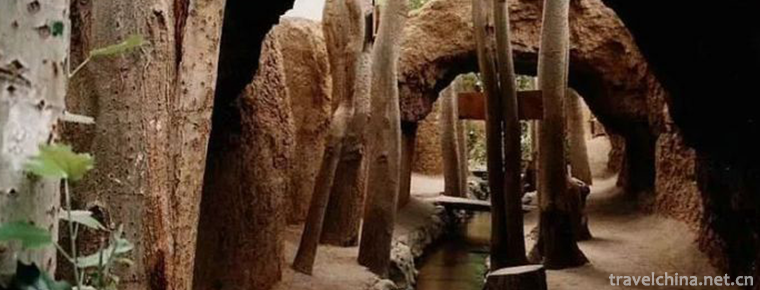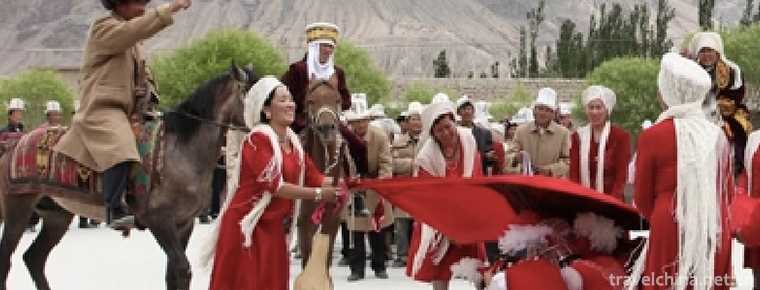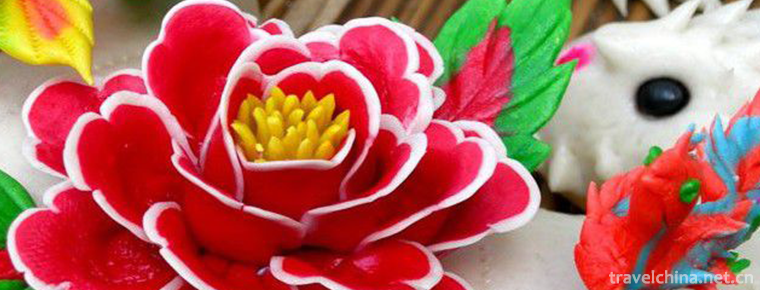Amber carving
Amber carving
Fushun Amber, a special product of Fushun City, Liaoning Province, is a national geographical indication product of China.
Amber is the secretion of prehistoric plants, buried underground, and formed by high temperature and pressure. It is called resin fossil or resin fossil. Its refractive index is 1.54 and hardness is 3. It is easy to process and make various craft carvings.
Fushun is one of the most famous amber producing areas in the world and the only producing area of Chinese insect amber. Fushun amber was formed in the early Eocene of Old Tertiary, more than 50 million years ago, more than 30 million years earlier than Baltic amber. It is a unique mineral resource of Fushun West Open-pit Coal Mine. It is rich in variety, tough in texture, brilliant in color and rare in output. It is mainly used to make carving crafts and jewelry.
On September 02, 2014, the former General Administration of Quality Supervision and Inspection approved the implementation of the protection of geographical indication products for "Fushun Amber".
historical origin
Fushun amber was produced in Fushun West Open-pit Coal Mine. In 1901, Wang Chengyao, then the national capitalist, was licensed to start trial mining. In 1903, the amber and coal concentrate were mined with coal. Zhao Kunsheng and Zhao Jinglin, Wang Chengyao's Hebei compatriots, are brothers. They work as woodworkers in mines and specialize in woodcarving. They used their own woodcarving skills to carve coal concentrate amber. They found that they were the raw materials of strong carvability crafts. They switched to specializing in coal concentrate amber carving.
During the three years of the Republic of China (1914), the Fushun West Open-pit Mine was converted to open-pit mining, and a large number of amber was mined. The brothers thought that the business prospects were very good. They cooperated with another woodcarving artist, Zhang Baixiao, to establish the first business name "Shuanghe Xing", which specializes in coal concentrate, amber sculpture and sales. Business is booming. Zhao Kunsheng is a big shopkeeper. He works with Zhang Baixiao in sculpture production. Zhao Jinglin spends part of his time in sculpture production, and is also responsible for sales in Fengtian (Shenyang), Lushun (Dalian) and Guangzhou. "Shuanghe Xing" recruited and trained more than 20 apprentices. It was the largest coal refined amber sculpture workshop at that time ("Hundred Years of Coal Sculpture"). Three of them also became masters of the generation of amber sculpture in Fushun in the 1930s. The scale of coal refined and amber sculpture in Fushun developed greatly. Besides "Shuanghe Xing", Baoju Amber, Jinsheng Amber and Datian Amber also came into being. Xiu. According to Fushun County Chronicle of the Republic of China, "20 workshops of Carboniferous (coal essence) and coal jar (amber) utensils" and Fushun's coal essence and amber carving industry have formed a certain scale. During this period, Guo Baoju, Bai Jinsheng and Yuan Datian, the second generation amber artists "Baoju Amber", "Jinsheng Amber" and "Datian Amber", are representative figures. During this period, amber carving production started from the following period. Coal sculpture is independent, but most of them operate at the same time with gold and silver production.
As early as 20 years of the Republic of China (1931), Chinese paleontologist Bingzhi began to study Fushun amber. However, due to the outbreak of the September 18th Incident, the study of amber in China was interrupted. After Japan invaded China, a large number of open-pit mining of amber in Fushun was carried out. Japanese scholars collected samples of amber. By the 1970s and 1980s, relevant experts had collected them.
Product honor
In 2008, Fushun amber carving technology was listed in the list of intangible cultural heritage protection in Liaoning Province.
On September 02, 2014, the former General Administration of Quality Supervision and Inspection approved the implementation of the protection of geographical indication products for "Fushun Amber".

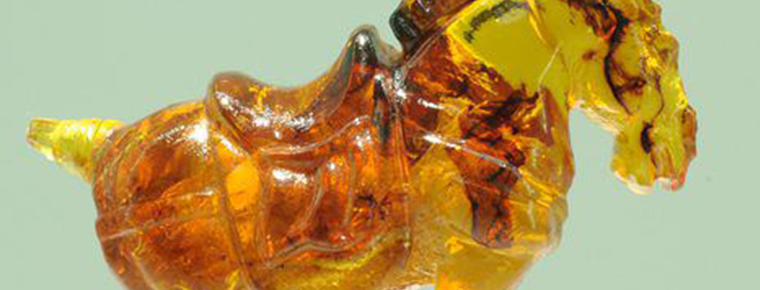
-
Wudang Mountains Scenic Area
Wudang Mountain, the holy place of Taoism in China, is also known as Taihe Mountain, Xieluo Mountain, Shenshan Mountain and Xianshi Mountain. It has been called "Taiyue", "Xuanyue".
Views: 170 Time 2018-12-12 -
Chaibuxi Canyon Scenic Area
Chaibuxi Canyon Scenic Area is located in the eastern part of Wufeng Tujia Autonomous County, with Wulingyuan in the South and Qingjiang River in the north. Zhangjiajie belongs to Wuling Mountains..
Views: 216 Time 2019-01-04 -
Mingyue Gorge Scenic Area
Mingyue Gorge is located in the eastern section of Jialing Jiangxi Lingxia, Guangyuan, Sichuan Province. It covers an area of 6.1 square kilometers and is about 33 kilometers.
Views: 145 Time 2019-02-07 -
Rong Guo Fu
Rongguofu, located in Zhengding County, Shijiazhuang City, Hebei Province, is a group of archaized buildings with the culture of the late Ming and early Qing Dynasties as the background. In 1986.
Views: 194 Time 2019-02-07 -
Chaozhou Music
Chaozhou music is the general name of all kinds of traditional folk instrumental music spread in Chaoshan area of Guangdong Province, referred to as Chaozhou music.
Views: 156 Time 2019-04-16 -
Genghis Khan Festival
Genghis Khan's sacrifice is a Mongolian custom of offering sacrifices to Genghis Khan. It originated in the Wokuotai era, and was formally issued in the Kublai Khan era. It stipulated various sacrific.
Views: 180 Time 2019-04-18 -
Brewing technology of soy sauce
Qian Wanlong soy sauce brewing technology is the traditional soy sauce brewing technology of Shanghai Bengang, and it is an ancient local traditional handicraft technology. .
Views: 80 Time 2019-05-06 -
Cutting Skill of Kaner Well
Kanerjing is the meaning of "well hole". It has been recorded as early as in Historical Records. It is called "well canal", while Xinjiang Uygur language is called "Kanerzi&qu.
Views: 110 Time 2019-05-08 -
Kirgizyolon
The "Yolong Song" of Kirgiz is a kind of folk etiquette song spread in the Kirgiz inhabited area living in Pamir area. As a cross-ethnic, cross-cultural and cross-regional phenomenon of folk.
Views: 292 Time 2019-05-09 -
Dough Flowers
Flower, commonly known as "flower bun", belongs to the art of facial sculpture. There are weddings, funerals, birthday gifts, Festival buns. Flowers are made of ordinary flour and special fl.
Views: 97 Time 2019-06-05 -
Daci Temple
Daci Temple, also known as the ancient great saint CI temple, is located in the first section of Dongfeng Road, Jinjiang District, Chengdu City, Sichuan Province. It was built between the 3rd and 4th centuries AD, and is known as "the first jungle of the Sinian"..
Views: 100 Time 2020-11-05 -
Mianyang secondary industry
In 2019, the added value of industries above Designated Size in Mianyang will increase by 10.0%, 2.0 percentage points higher than the provincial average level, and the production and sales rate of Industrial Enterprises above designated scale .
Views: 360 Time 2020-12-14
